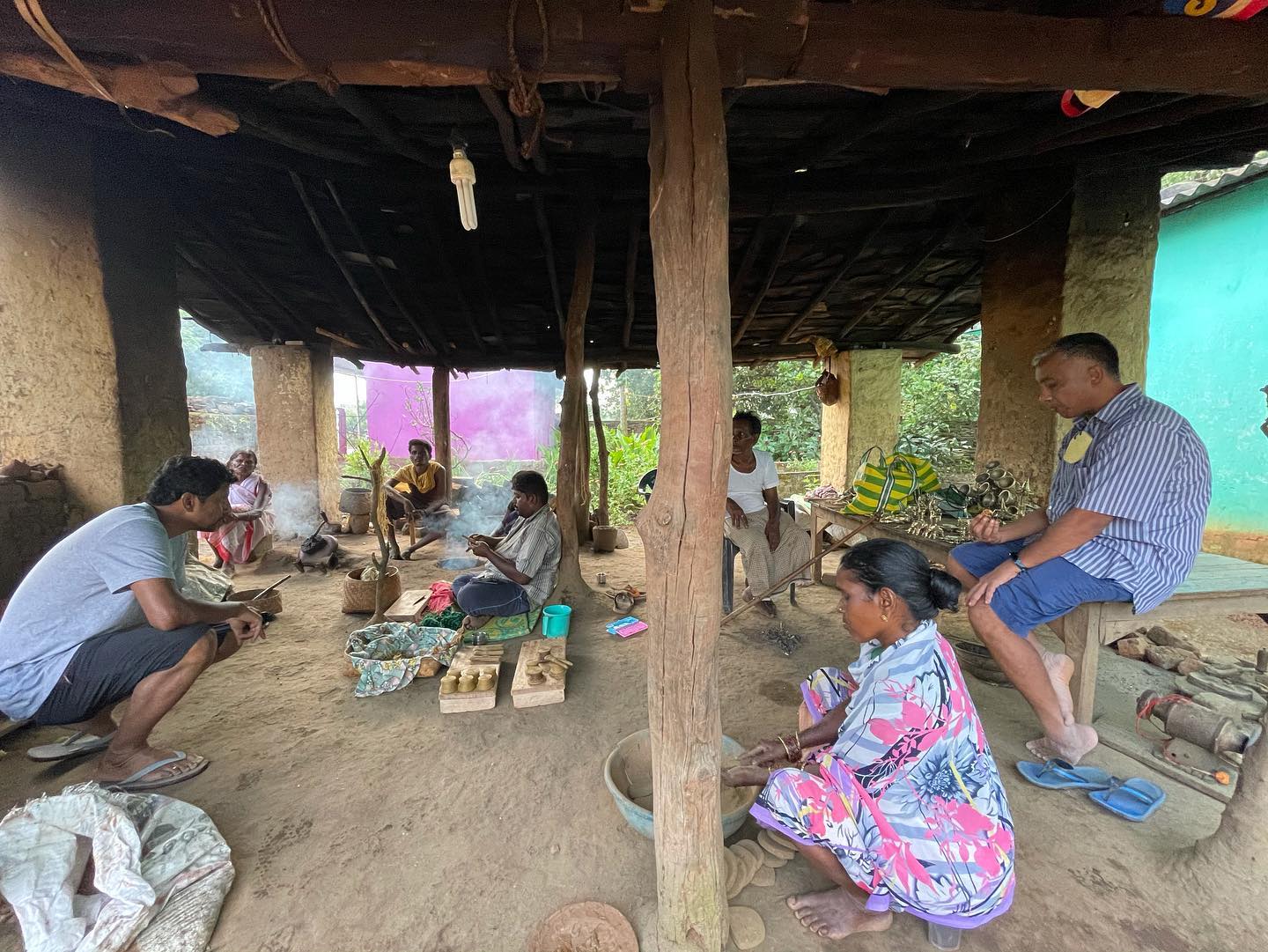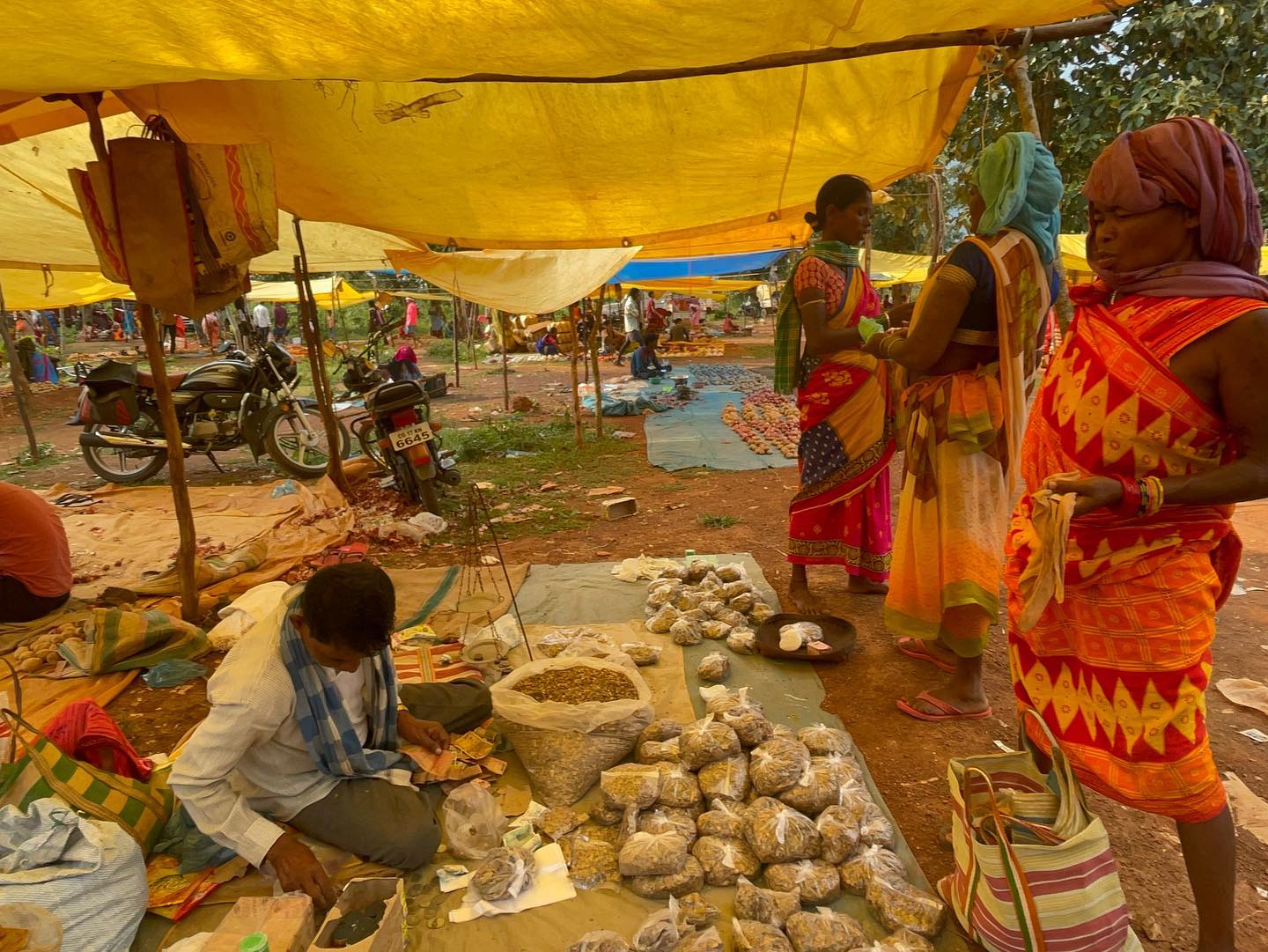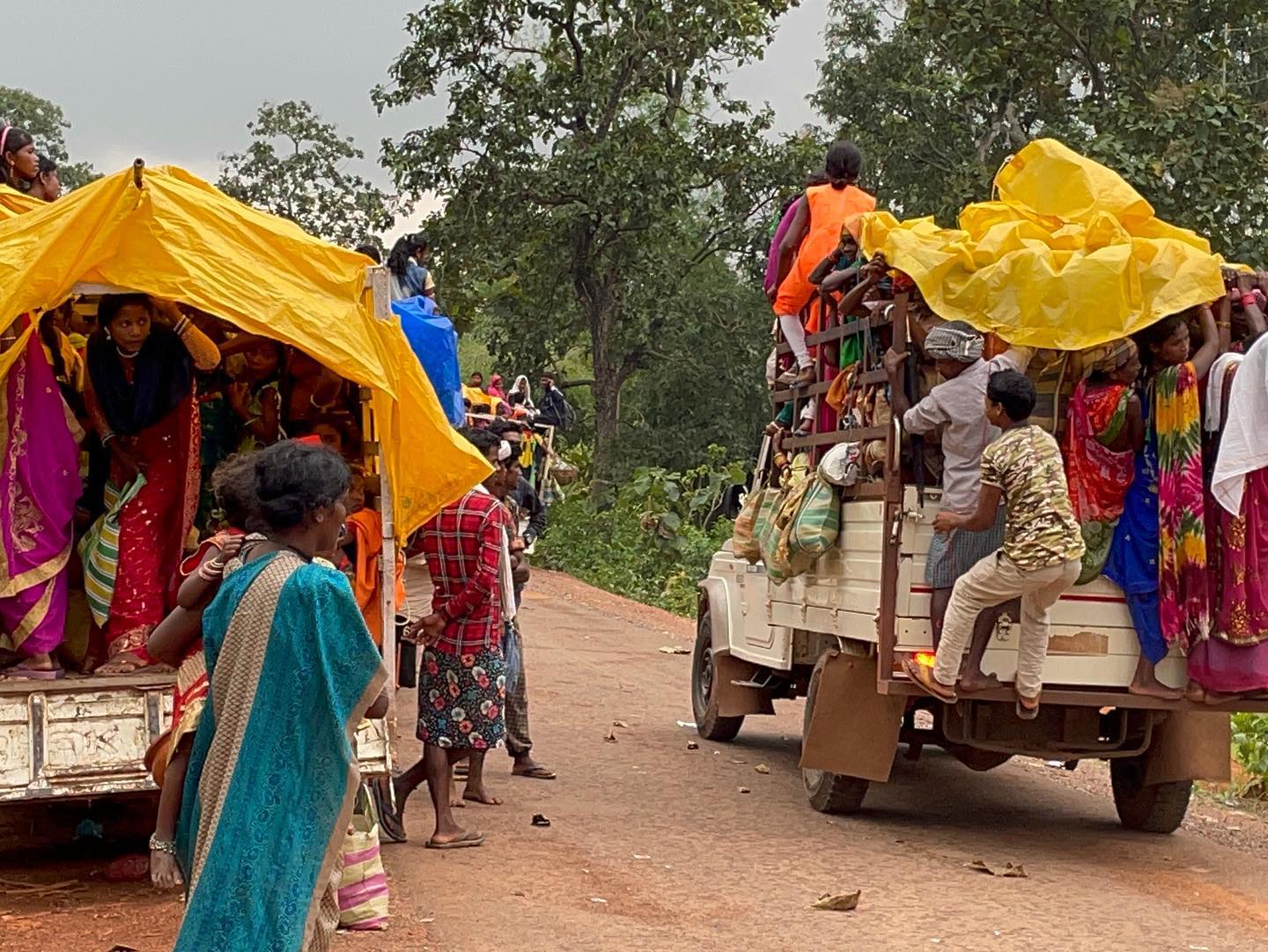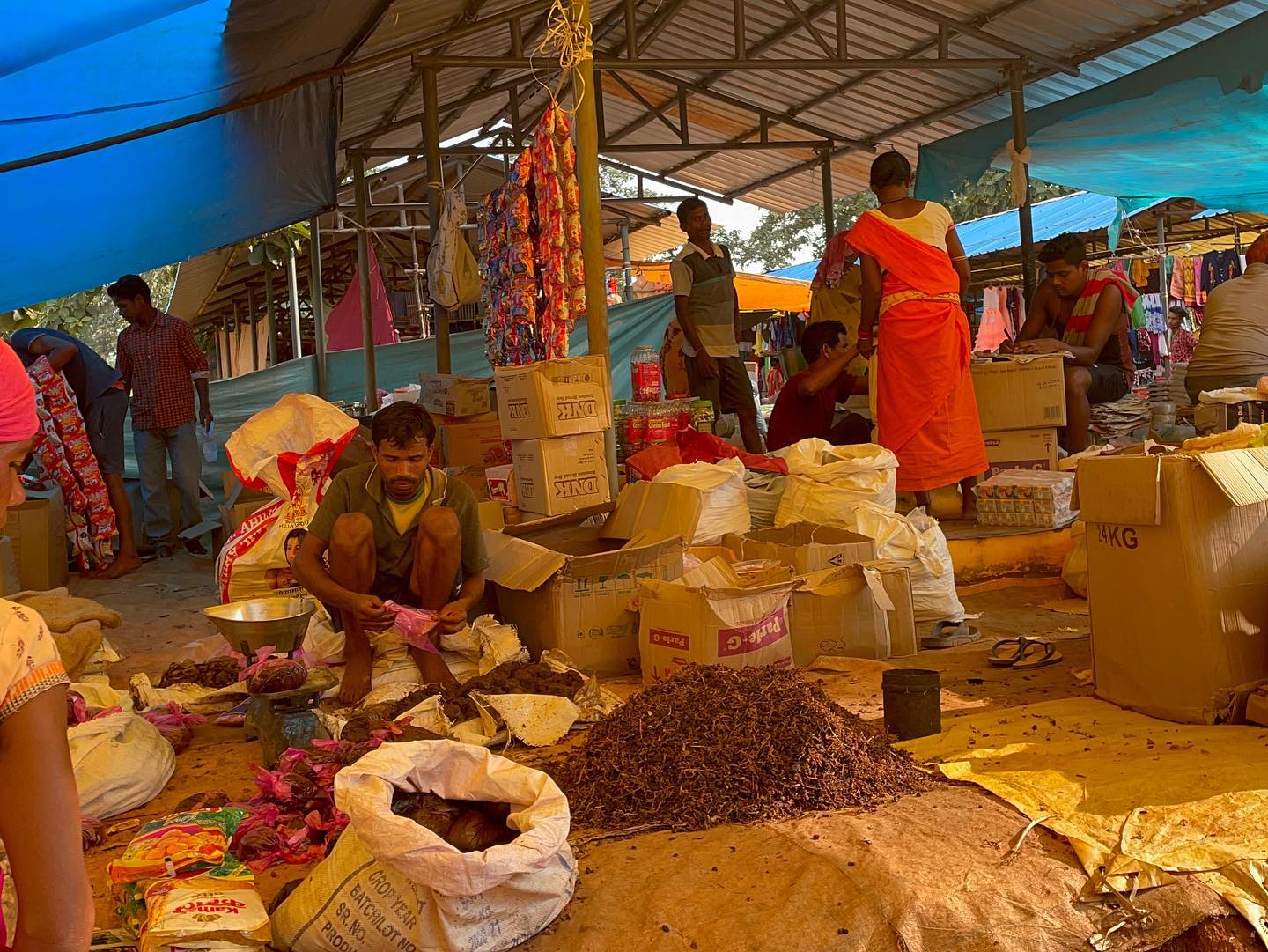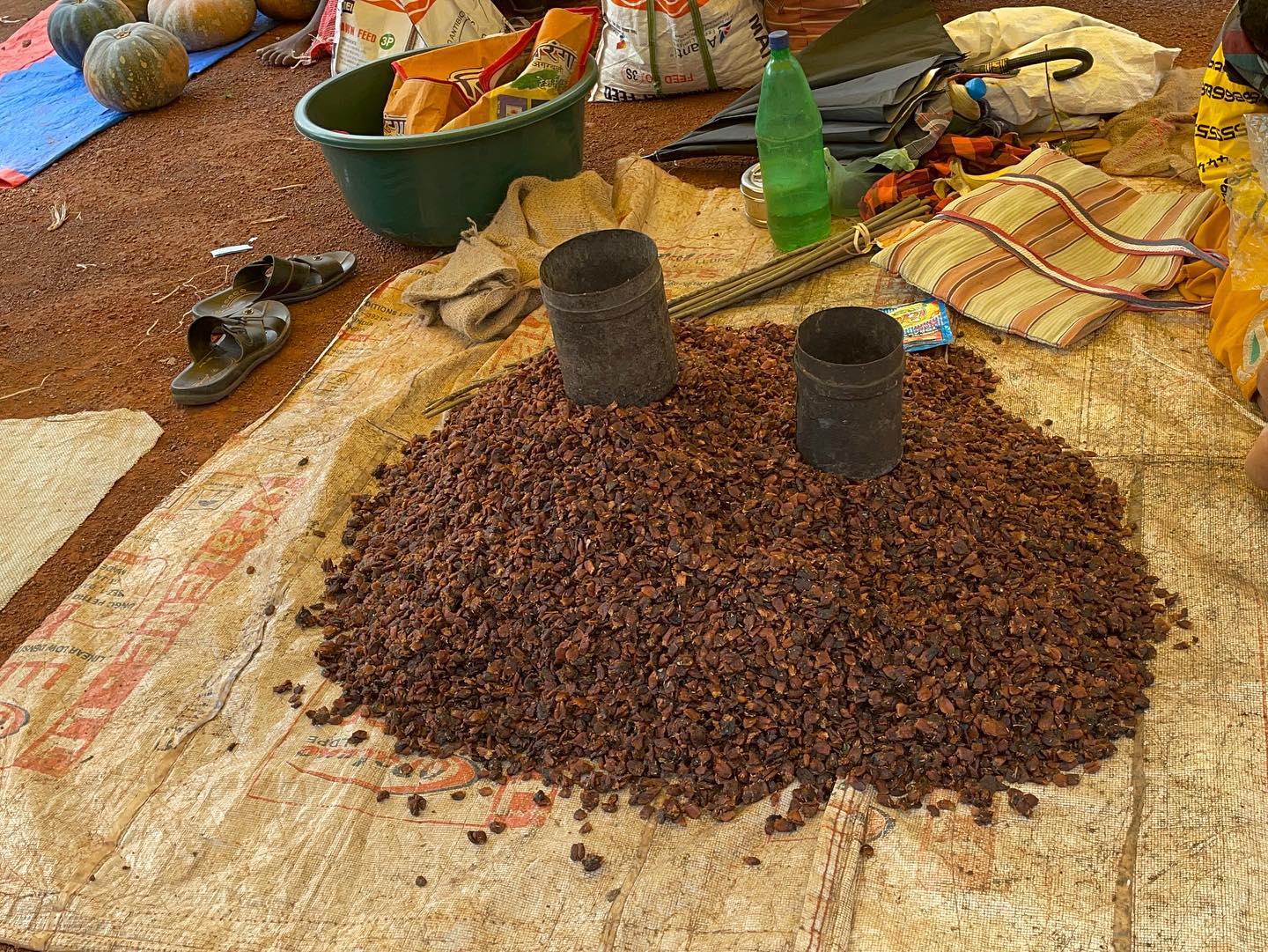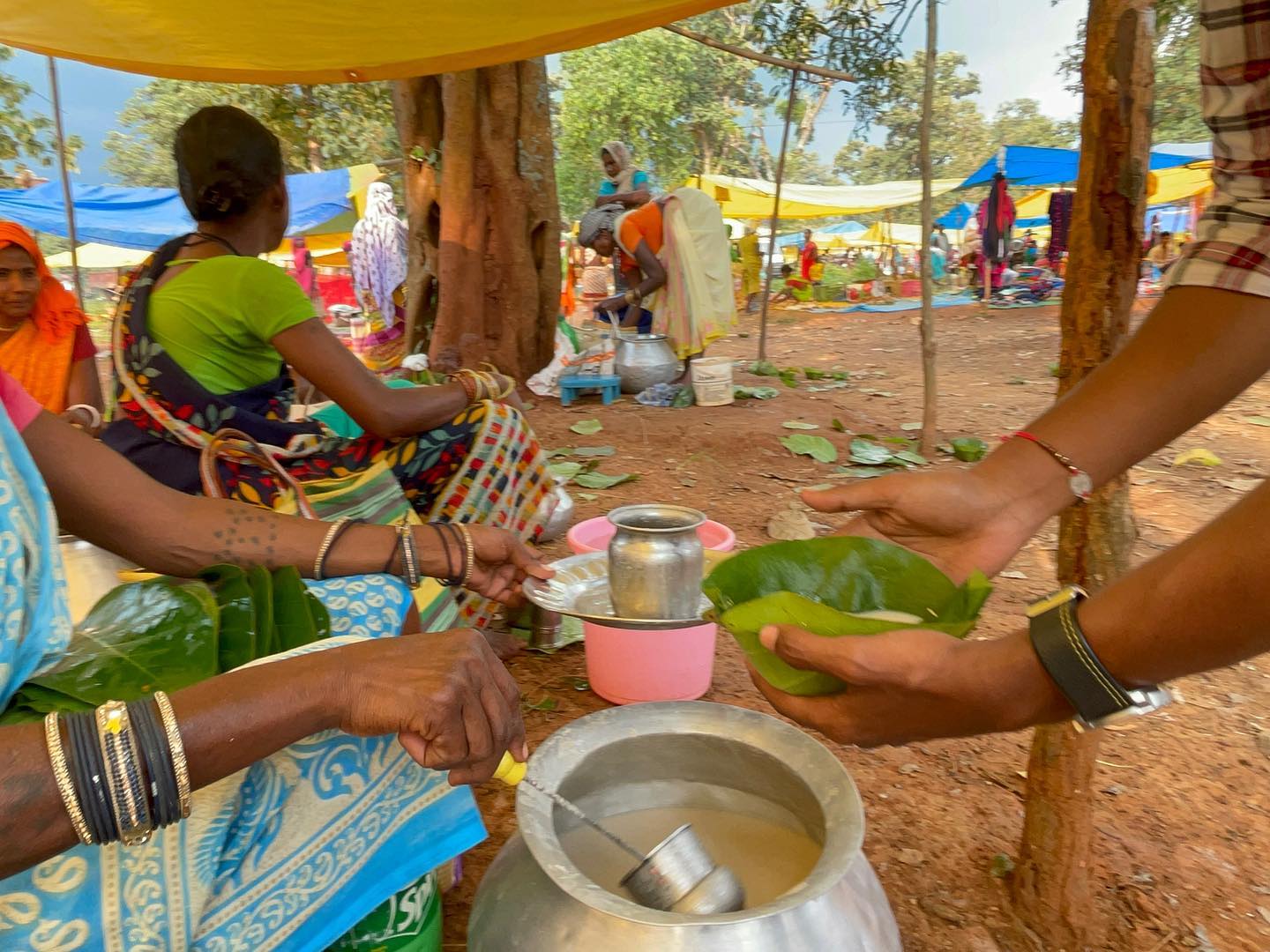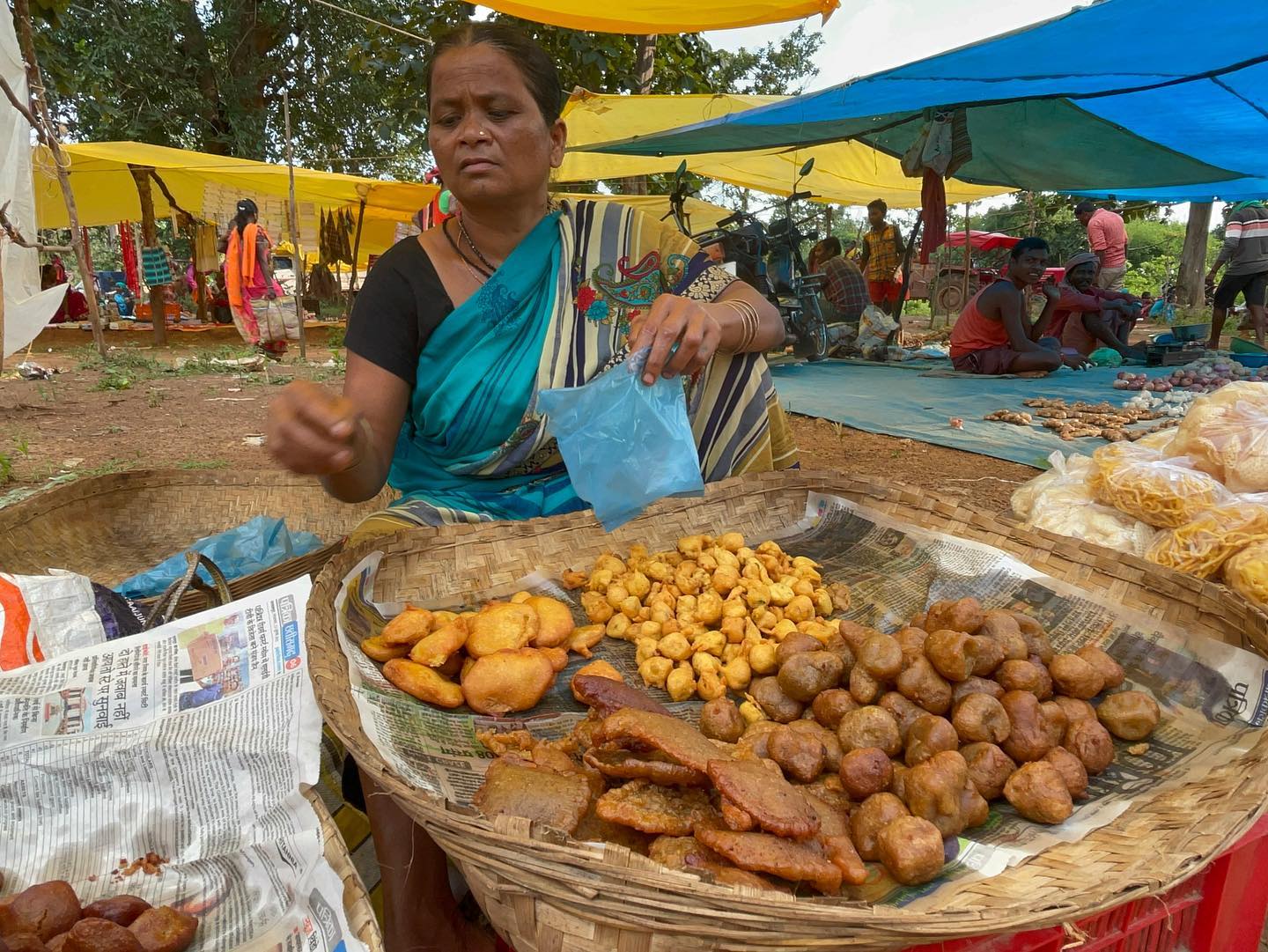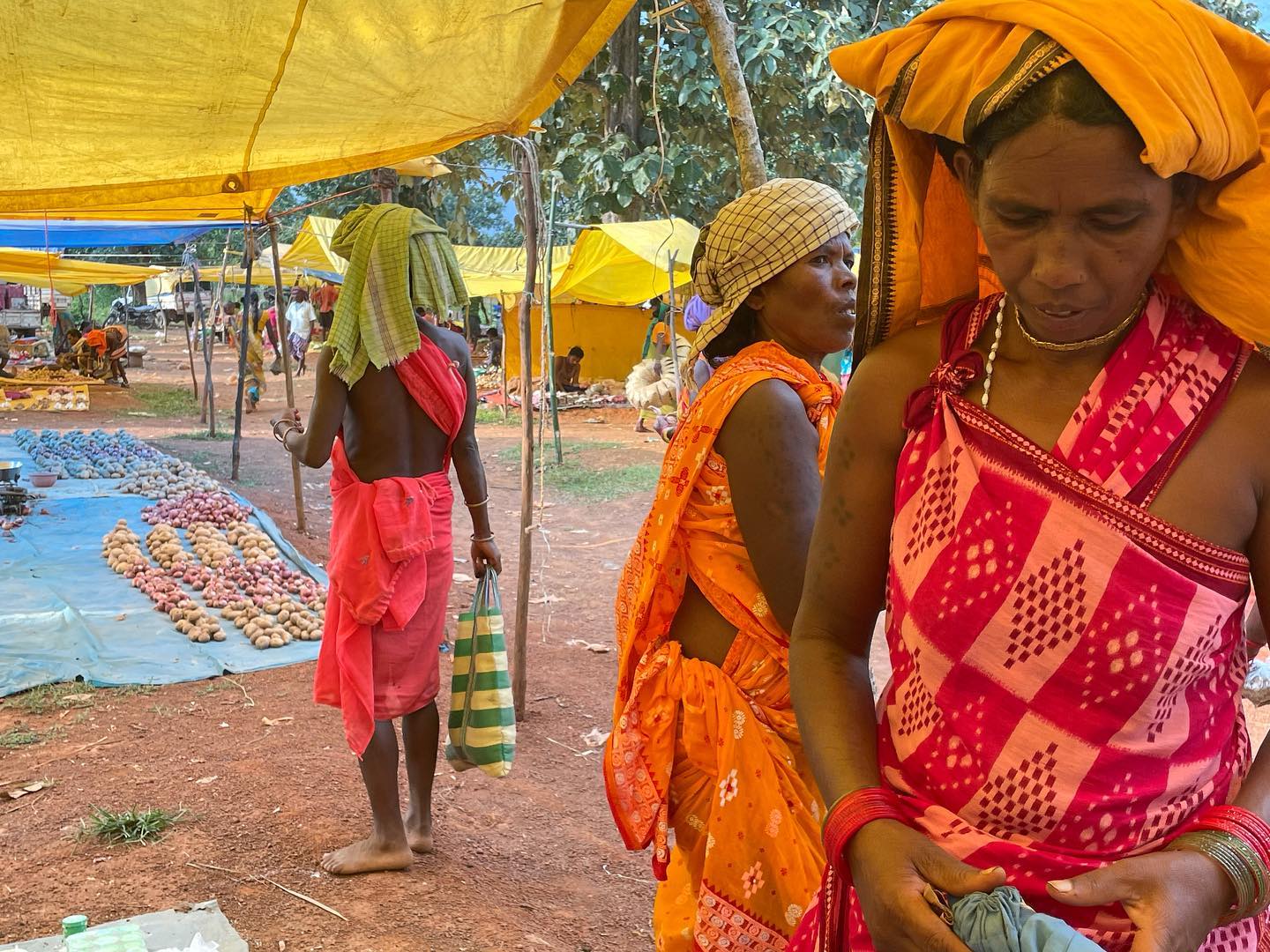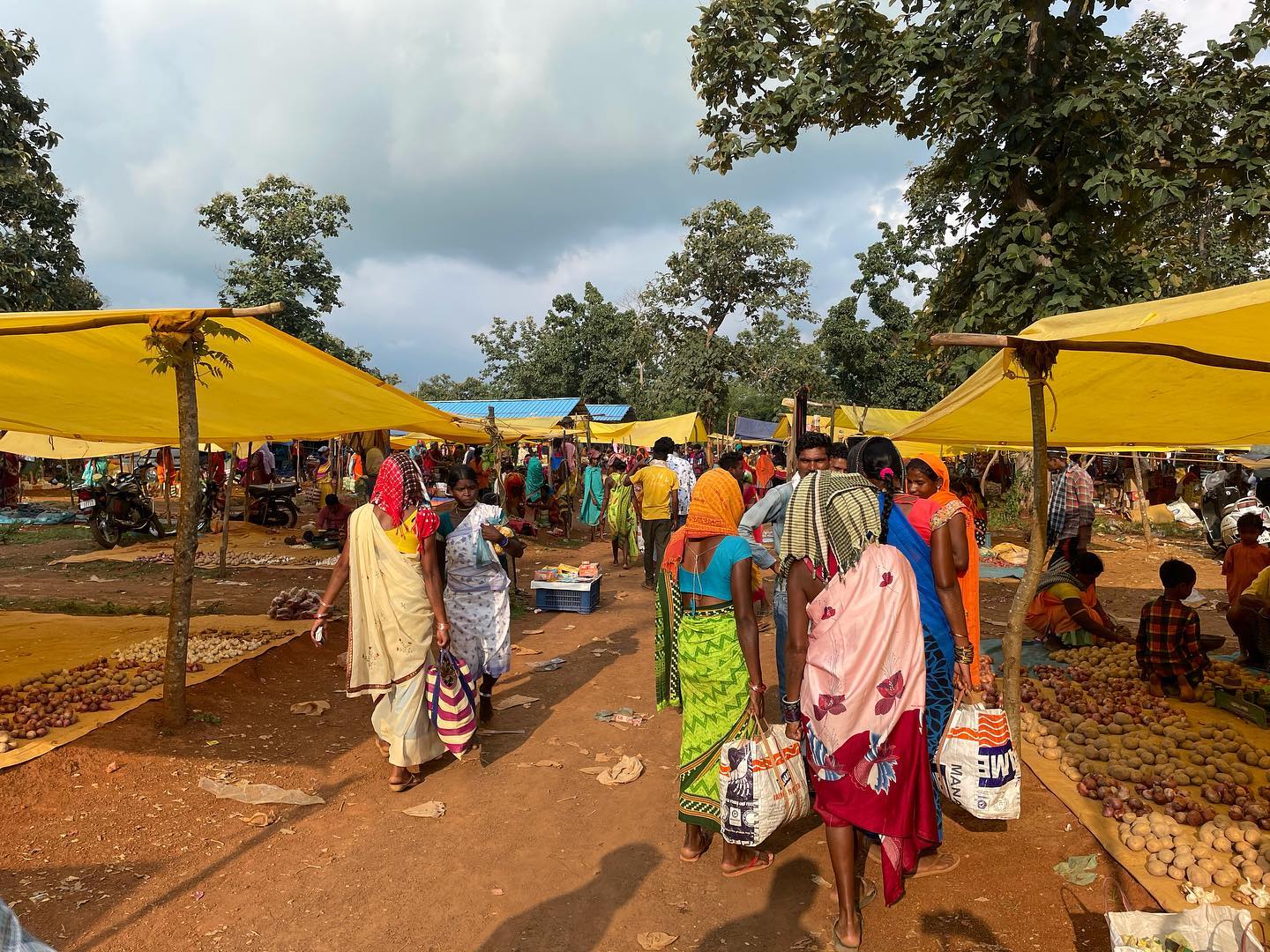7th-8th October, 2021
From Warangal, we have reached Jagdalpur today, so very little is known about this place. The tourism potential of this place is immense. Can you believe it that before we started planning about my All India trip, I had not heard of Jagdalpur. On the way we travelled through the Dandakaranya forest, that is mentioned in the epic Ramayana. I was astonished to discover that there is a huge waterfall here which is 1/3rd the size of Niagra waterfall hence called as Niagra or if or that there are beautiful limestone caves deep inside the forest which are simply unrivalled. The limestone pillars actually glow when light falls on them. Do listen to the story on the Bastar Rebellion and GundaDhur, one of the early freedom fighters of India.
History
In ancient times, the area which is known as Bastar district now was known as Dandakaranya in the epic Ramayana and was part of the Kosala Kingdom. Rama’s mother and Dashratha’swife Kausalya was from this kingdom. It is believed that it was here that Ram. Laxman and Sita lived when they were exiled.
Bastar District
The name Bastar is thought to have come from Bansatari (Shade of bamboo), and is said to have been given by the founder of the state, Annama Deva Kaktiya, as he used to spend most of his time in the bamboo groves.
According to another version, the word ‘Vastra’ (New cloth) refers to a legend in which the first Chief of the State had received a piece of cloth from the tutelary deity of the ruling family.
Jagdalpur, which is south of the Indrawati River became the capital after the first Maratha invasion by Nilu Pandit in about 1750 A.D.
Bastar District, before the district got split , was one of the largest districts in India. Spread over 6596.90 sq. km, this district was once bigger than a state like Kerala and countries like Belgium, Israel.
Bastar ( Bhumkaal) Rebellion
Predominantly a Tribal Region, the tribes found in Bastar were MuriaGonds, Dhurwas, Bhatras, Maria, and Halbas.
While the earlier rulers of the region left the area untouched, the British wanted to control the Forest and passed the Indian Forest Act of 1878, that divided the forests into Reserved, Protected and Village Forests. The tribals could not enter their own land on which they depended for generations. The Dhurwa tribe was the worst hit, and GundaDhur led the rebellion in 1910. Mango twigs on which were tied a lump of earth, chillies and arrows were given to villagers clandestinely as a message and symbol to take part in the revolution. People came out with this insignia to show their suppor to the cause. The rebellion quickly spread to other parganas, but it was quelled by the British. Like other rebellions in those days, it was not properly organized, had no coordination, and no arms and ammunition to fight with.
But it was a major victory for the Tribals since the British government reduced the reserved forest, in which they had control to half.
Despite being rich in minerals, the whole region is quite poor. Literacy rate is low. Most of the population is dependent on agriculture. The use of traditional farm equipments has reduced the production of agriculture. Collection and sale of forest produce and other forest related work is supplemented by lower agricultural income.
Extremely fortunate in its water resources, this region produces good rains and runs fast due to inadequate terrain. There is potential of rain water harvesting.
The Tribal percentage is about 65%.- Gond Tribe, Maria, Muria, Dhruva, Bhatra, Halba Tribe, etc.
- Ghotul practice- where unmarried women and men spend time together for discussion, tribal life style?
- Terracota of bastar is very famous.
- Bastar Dussehra is very famous.
Things to do
Chitrakoot Waterfall
Also called as Niagra of India due to peculiar horse shoe shape, it is India’s widest waterfall, with the width of 980 feet and height of 90 feet. It is surrounded by dense forest.
It is situated on the Indravati river, height 90 feet. The specialty of this waterfall is that during the rainy days, water seems reddish, while during the summer moon lit night, it looks absolutely white. Local boat facilities operating below and under the falls in a misty atmosphere provide views of the falls under an early morning sun in reflected sunlight and in a blue hue.
Can get a better view with the local boats, go near the water and get the misty breathtaking view.
The falls dry up during the summer (April to June) because water of the Indravati River water gets diverted through Jaura Nallah near the Odisha–Chhattisgarh border by the Odisha government. There is also indiscriminate construction of check dams near the falls which reduces the flow of waterfall. Again big potential for tourism.
Kotumsar Caves
These limestone caves were discovered in 1951 by renowned geologist Dr. Shankar Tiwari. In the local language, ‘kotamsar’ means “fortress surrounded by water”. They are situated near the banks of the river Kanger, a tributary of Kolab river. Archaeologists discovered that the prehistoric humans lived in these caves (similar to Bhimbetka caves near Bhopal).
The main tunnel of the cave is nearly 200 m long with several lateral and downward passages. There are blind fishes inside the caves who have lived here for million of years The caves get frequently flooded during the monsoon season, which is from mid June to October.
Zonal Anthropological Museum
Showcases the lifestyle of tribals, how they lived. The major tribes of the Bastar region are the Gond, Abhuj Maria, Bhatra.
An area where handicraft is most widely practiced in Bastar is Kondagaon. Vessels, jewellery, images of the local deities, and some decorative works of art are made through a process called the lost wax technique. Lost-wax process, also called cire-perdue, method of metal casting in which a molten metal is poured into a mold that has been created by means of a wax model. Once the mold is made, the wax model is melted and drained away.




